The nose is located on the front axis and is the center of the face. A small change in the nose is also easily noticeable, can cause facial imbalance, especially in cases of damaged or deformed noses after rhinoplasty. This can bring about a feeling of inferiority, affecting both health and psychology in the long term.
Dr. Ho Cao Vu, said that rhinoplasty to correct a failed nose job requires a more thorough evaluation of many factors than a first rhinoplasty, such as: the doctor's expertise and experience during the examination - consultation - surgery - post-operative care process; choosing the surgical method and grafting material; surgical techniques that do not cause further tissue damage and fibrosis; operating room and absolute sterile process during and the first 72 hours after surgery; the customer's psychology and wishes, and cost...
Below is the sharing of Master, Doctor Ho Cao Vu, currently working at Cho Ray Hospital, about common complications in rhinoplasty using rib cartilage and ear cartilage.

Complications of ear cartilage removal
Ear cartilage is often used to graft on the tip of the two wing cartilages to raise the tip of the nose, or graft for defects of the nasal arch - wing. For the grafted cartilage to be nourished and survive well after grafting, the grafted cartilage must retain the cartilage membrane and the grafted cartilage must not be too thick.
The advantage of ear cartilage is that it is easy to harvest, with a low rate of deformation of the grafted cartilage area. In addition, common complications when harvesting ear cartilage improperly include hematoma, ear deformation, keloid scars and hypertrophic scars.
To prevent hematoma and seroma in the ear after surgery, the doctor must carefully stop the bleeding and carefully apply pressure after suturing the skin of the cartilage removed. If the hematoma is not removed from the wound cavity, the remaining part can cause fibrosis and cause ear deformity.
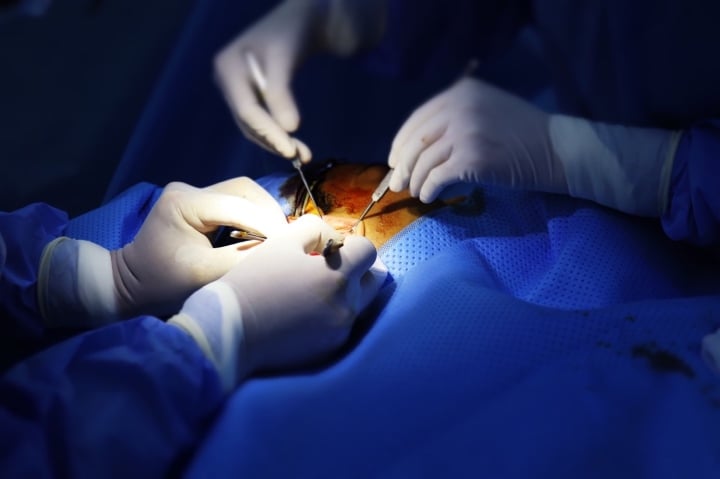
Complications of rib cartilage removal
Rib cartilage is a relatively large cartilage and can provide enough quantity and area for the area that needs to be grafted in rhinoplasty surgery. The cartilage is less likely to be absorbed over time and can be used permanently when the grafting technique is performed correctly. Rib cartilage is very beneficial for failed rhinoplasty surgeries (reconstructive rhinoplasty) - because in previous rhinoplasty surgeries, the septum cartilage and ear cartilage have been used up.
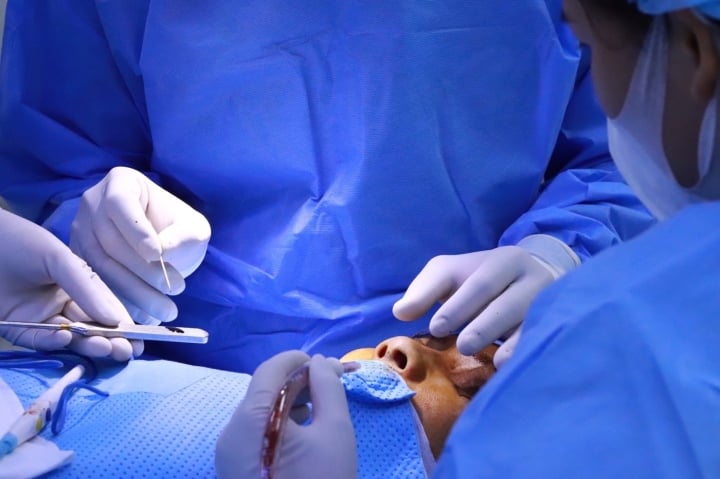
In addition, the disadvantages of rib cartilage are that it can be warped, is very stiff, leaves a scar on the chest wall where the cartilage is taken, and the surgery time is longer.
It should be noted that before performing reconstructive rhinoplasty using rib cartilage, the doctor should evaluate the history of previous rhinoplasty surgery using rib cartilage and previous chest wall trauma.
Complications when removing rib cartilage with incorrect technique are: pneumothorax, hemothorax, chest wall hematoma and scarring at the incision site of rib cartilage removal on the chest wall.
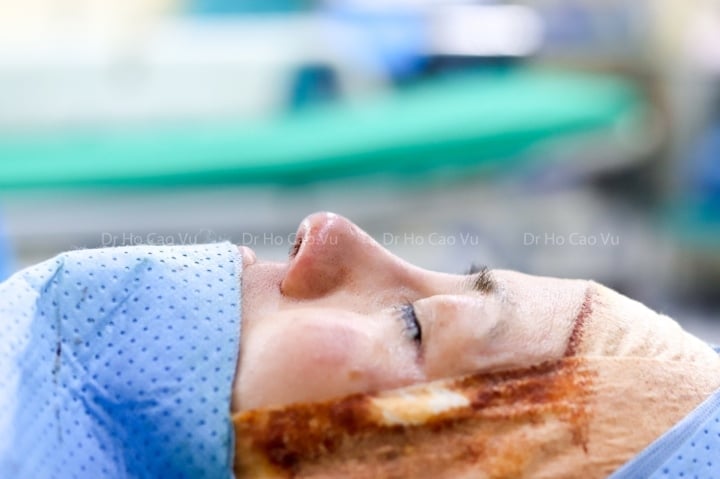
In addition, Master, Doctor Ho Cao Vu added that complications when structural rhinoplasty is repaired many times, in many cases causing damage to the inner surface (also known as the nasal mucosa). As well as when grafting pieces to create a solid nose structure, many doctors use too many grafts, increasing the thickness of the septum more than natural, affecting breathing problems and compressing the nasal turbinates.
Many cases lead to blocked nostrils, causing complications of nasal ventilation obstruction, feeling of difficulty breathing; cases of nasal congestion cause edema, allergies, increased nasal secretions, long-term leading to polyps, blocked sinuses causing sinusitis and many other complications.
MSc. Dr. Ho Cao Vu graduated with a master's degree from the University of Medicine and Pharmacy, Ho Chi Minh City, currently working at Cho Ray Hospital and has over 10 years of experience in cosmetic surgery and rhinoplasty after failed surgeries. Dr. Ho Cao Vu has a lot of experience in correcting cases of deviated noses, deviated bridge, deviated septum, exposed bridge, etc.
In 2010, the doctor underwent direct training at the Department of Plastic Surgery of MD Anderson Cancer Center Hospital, Houston, Texas, USA, Professor David Chang was the direct instructor. Has performed more than 1,000 failed breast augmentation and reconstructive rhinoplasty surgeries.
Website: https://tuvanthammytohinh.vn/
Phone: 0911413443
Fanpage: Doctor Ho Cao Vu
Bao Anh
Useful
Emotion
Creative
Unique
Wrath
Source



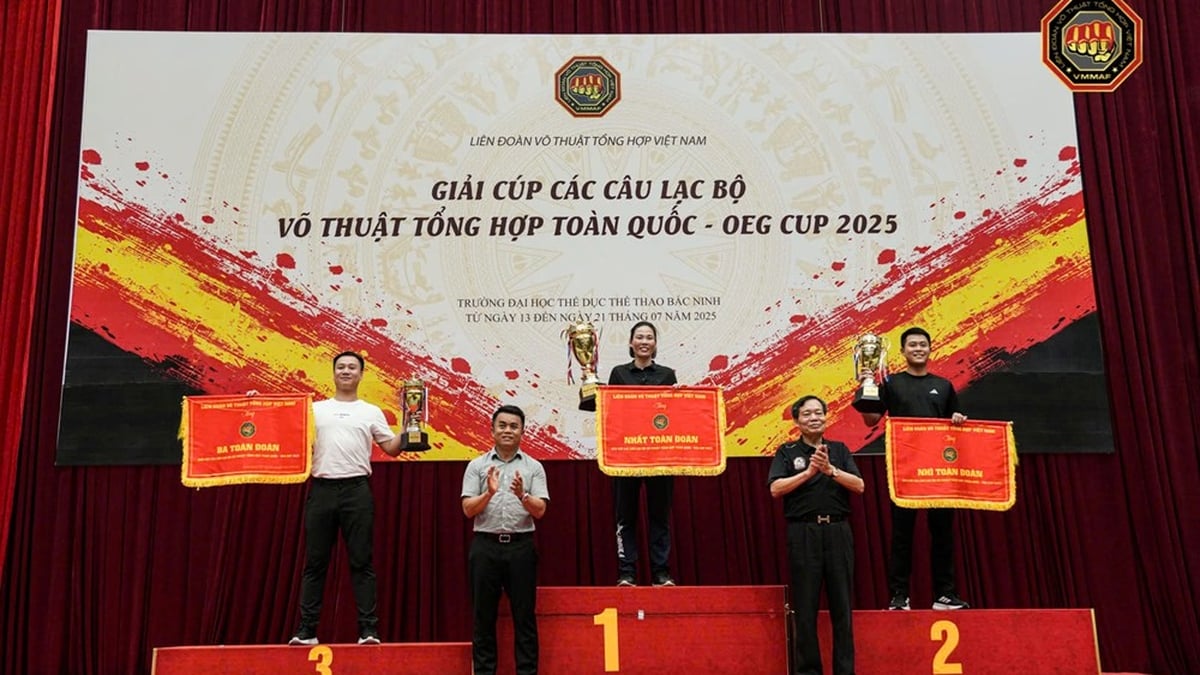


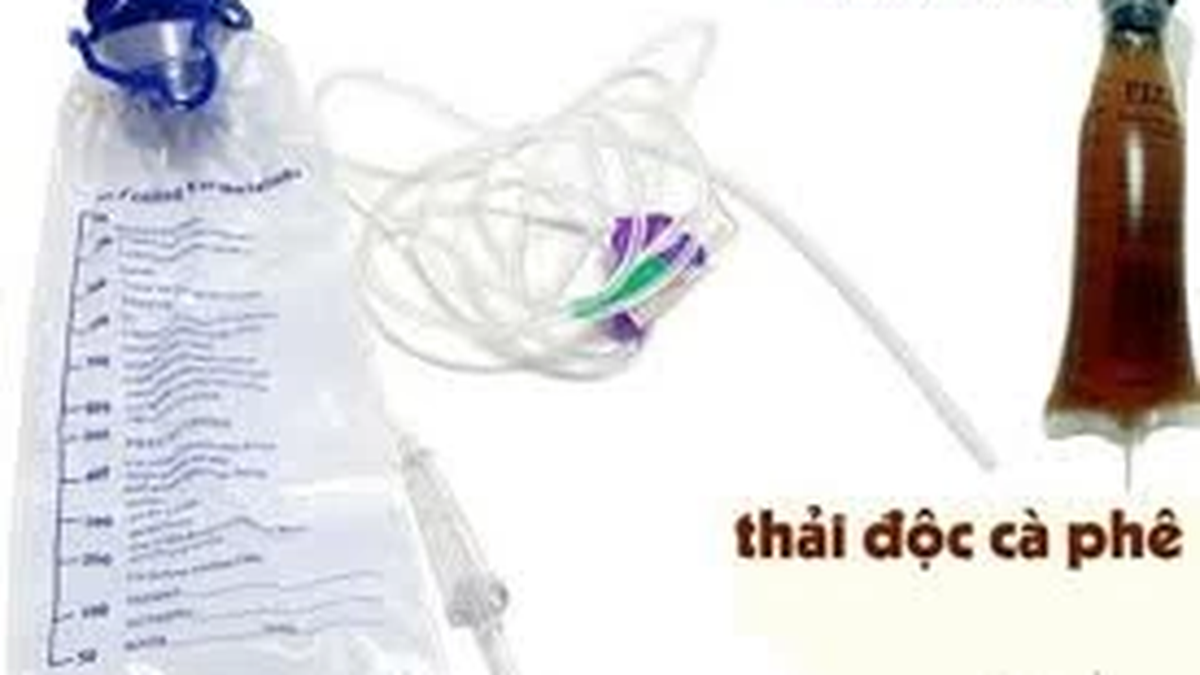

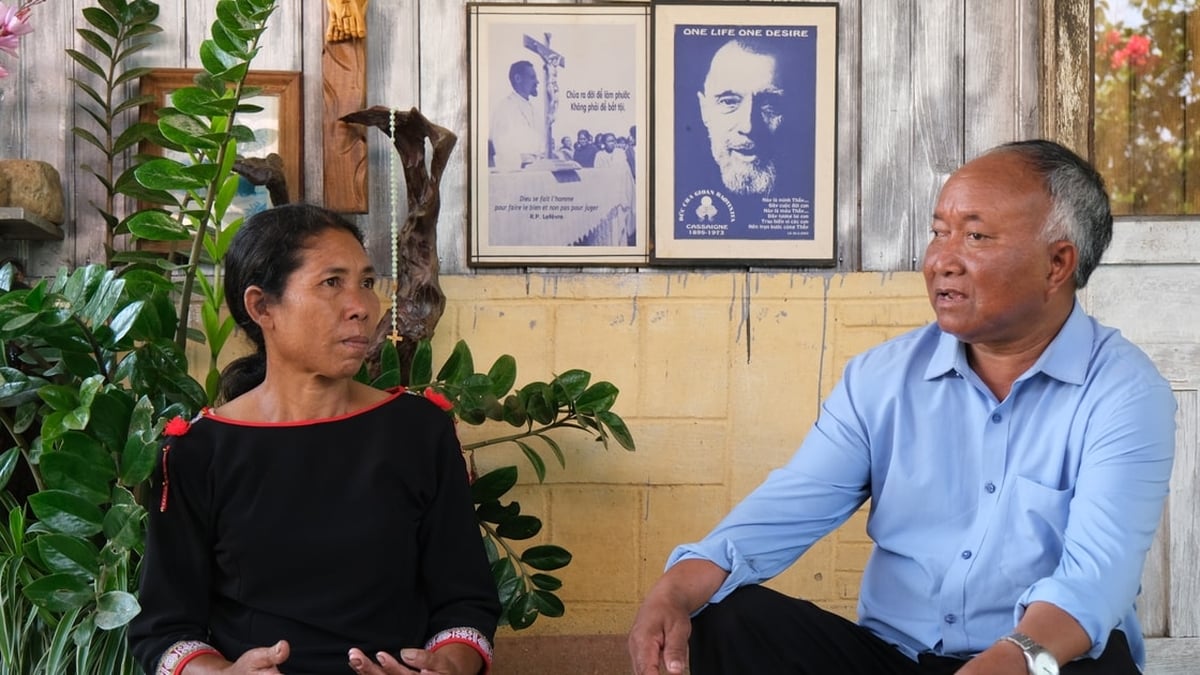
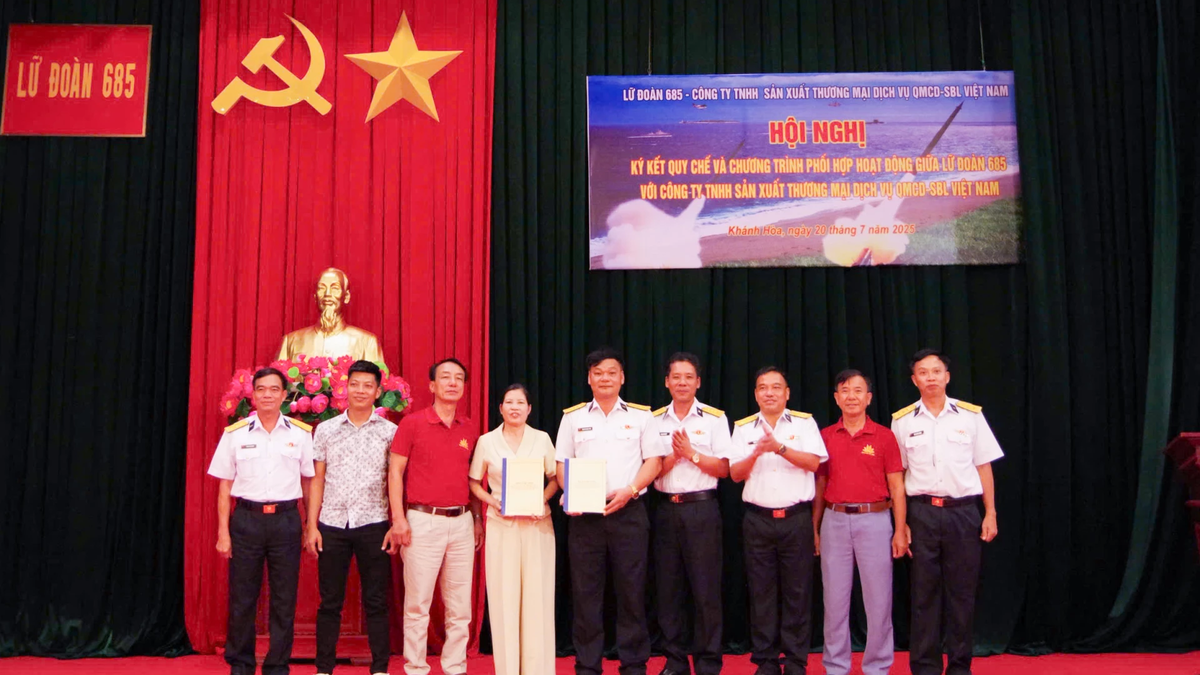
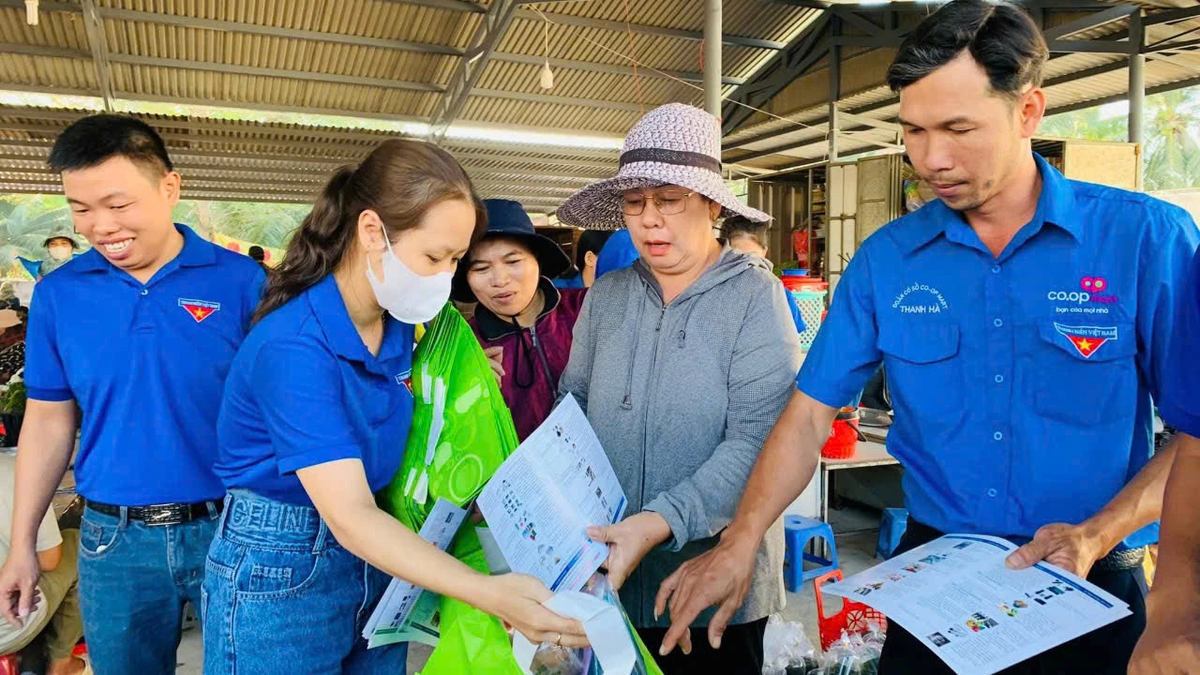
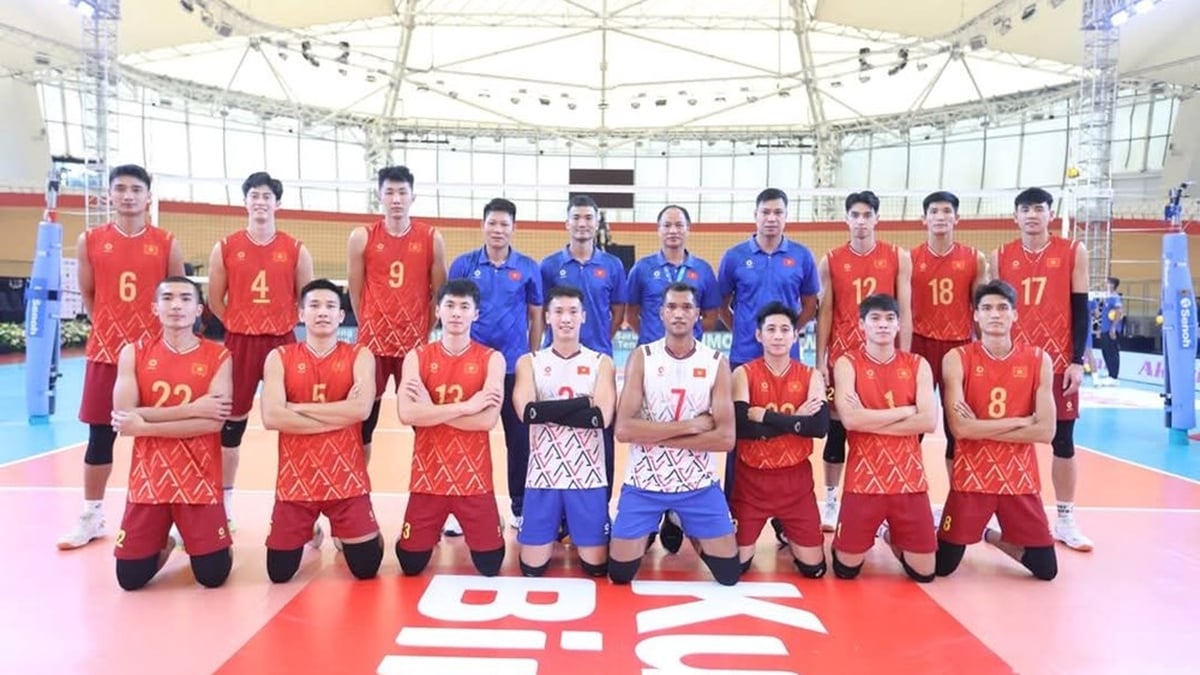
















![[Photo] National Assembly Chairman Tran Thanh Man visits Vietnamese Heroic Mother Ta Thi Tran](https://vphoto.vietnam.vn/thumb/1200x675/vietnam/resource/IMAGE/2025/7/20/765c0bd057dd44ad83ab89fe0255b783)



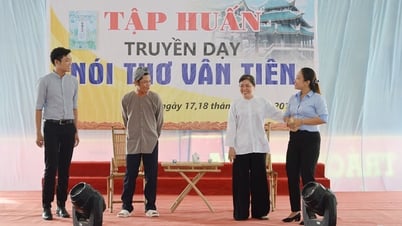

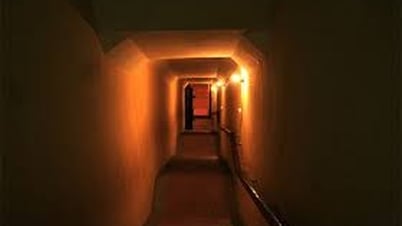

























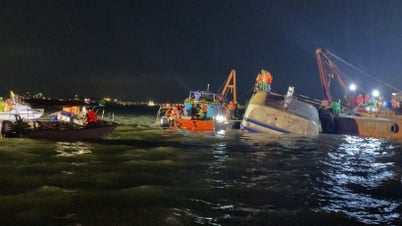


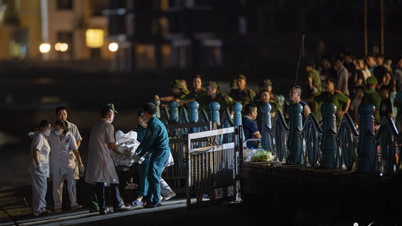
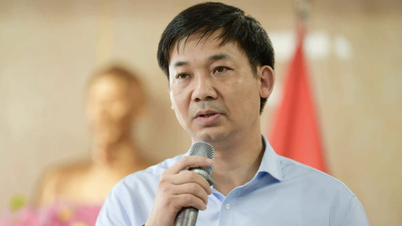
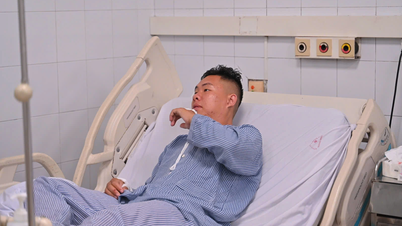





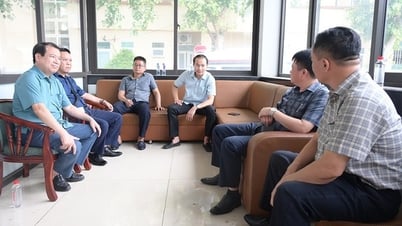


























Comment (0)